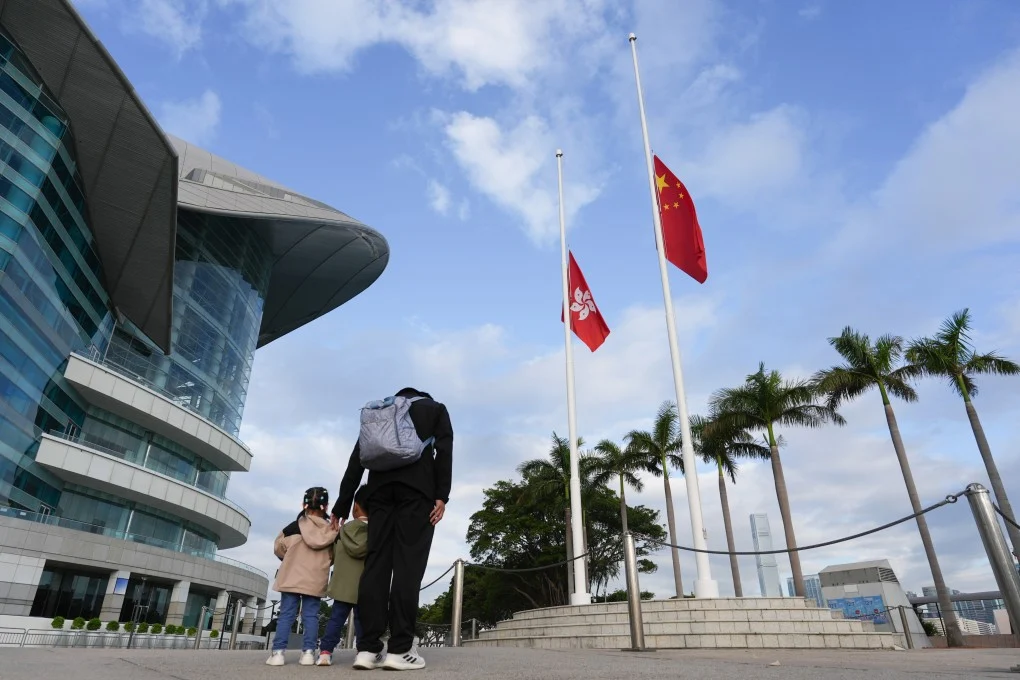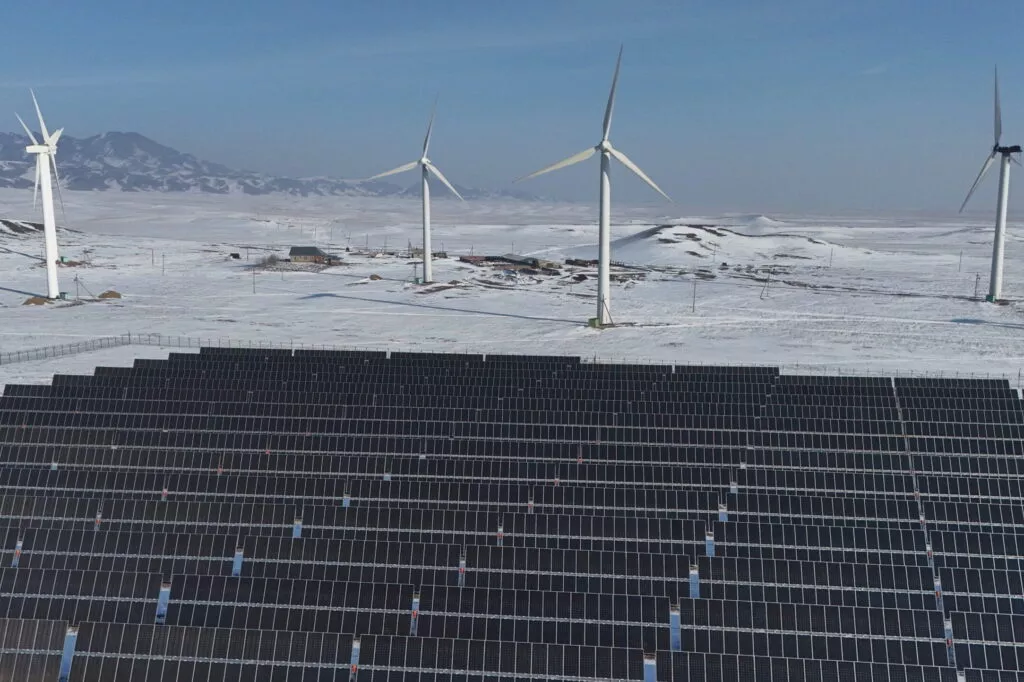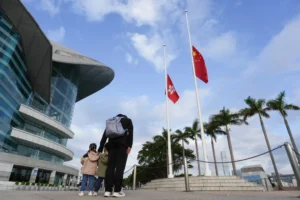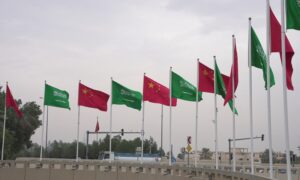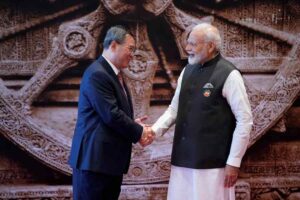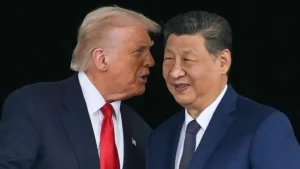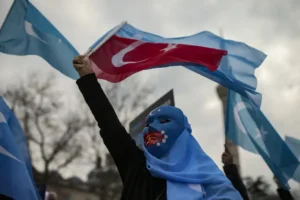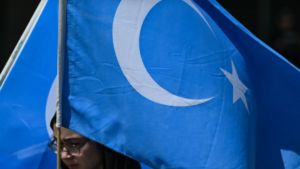Improving Iran’s ailing economy will be Raisi’s priority
Since the establishment of the Islamic Republic of Iran, the art of economic management has never been the strongest side of the country’s leaders. Iranian politicians, and especially those from conservative circles, always believed Iran’s stability and survival to be primarily dependent on political and ideological factors. Thus, they have been reluctant to focus their efforts, and political rhetoric, on economic recovery and development beyond the minimally needed level.
The founder of the Islamic Republic, Ayatollah Ruhollah Khomeini, even famously said the 1978-79 Islamic Revolution was about great ideas, and “not about the price of watermelons”.
On June 18, conservative judiciary head Ebrahim Raisi was elected Iran’s eighth president. While in many ways Raisi is a stereotypical conservative politician who puts ideology before any economic concern, all signs indicate that he will be unable to treat the economy as an afterthought during his tenure.
It is all about the price of watermelons
Today, the survival of the Iranian political system is more dependent on the economy than ever before (at least, since the end of the post-war reconstruction in the late 1990s).
Since the 1980s, the Iranian regime has been buying the loyalty of the Iranian masses through an intricate system of direct and indirect subsidies. Yet, over time, these subsidies have become a heavy burden on the state budget. In the last decade, the regime made several attempts to reduce this burden, but has always been unsuccessful. By 2020, the volume of energy subsidies alone was estimated to be $75-80bn, one of the highest in the Gulf region.
As the Iranian economy suffers under US sanctions and the coronavirus pandemic that has exacerbated decades-long infrastructural issues caused by local mismanagement, there is now an urgent need to restructure the subsidies system to boost economic development while ensuring that the regime retains the capacity to buy the people’s loyalty. Thus, Raisi has little option other than to make economic reconstruction a primary aim of his administration.
So far, economic policies in Iran have always been aimed at building and sustaining a so-called “resistance economy” – a partially self-sufficient economic system with a strong state presence, the primary goal of which is ensuring the survival of the regime in an unfriendly environment.
And this system has repeatedly achieved its goal over the years. In spite of severe sanctions introduced between 2018-20, and the negative impact of the COVID-19 pandemic, the Iranian economy is still standing.
But Iran also paid a heavy price for the success of its “resistance economy”. While this model successfully prevented an economic collapse, it also hindered the prospects for sustainable economic development that is accompanied by a meaningful improvement in social indicators.
According to the IMF, in 2018 and 2019, the country’s economy shrank by 6 and 6.8 percent respectively. In 2020, it demonstrated minimal positive growth trends (+1.5 percent according to the IMF and +0.7 percent according to independent consulting companies), largely tied to the increase in oil prices and the volume of Iranian oil exports. By 2021, the annual inflation rate was estimated to reach 36 percent (with the prospect of a further increase in 2021-2022), and the unemployment rate stood at 10-12 percent with at least 33 percent of the population living below the poverty line.
As a result of the rapidly deteriorating economic situation in the country – which is causing popular unrest and widening the trust gap between the people and the regime – Raisi will likely be forced to make major changes to the “resistance economy” model.
Finally, Raisi will be motivated to tackle Iran’s economic problems head on as president because of political reasons. The conservatives in Iran have long criticised their moderate rivals’ failure to grow the economy and improve the living standards of the people during their time in power. Thus, as president, Raisi will face immense pressure to deliver not only economic growth but also better living standards. If he fails to do so, the Iranian people may lose the remaining trust they have not only in the conservative establishment, but in the entire political system. Furthermore, ensuring economic success is also important for Raisi’s own political future, as he is currently the first in line to become Iran’s next supreme leader. If he delivers successful economic results as president, he can present this as proof that he will be a successful supreme leader.
Economic considerations will shape Raisi’s domestic and international policies
In this context, there is no doubt that economic considerations will determine the steps the Raisi administration will take in the domestic and international arenas.
Internationally, the new president will likely continue to push for the restoration of the JCPOA, as it will result in the lifting of sanctions and give some relief to the Iranian economy. He will also quite likely work to strengthen Iran’s ties with countries like China and Russia, who can help Iran’s ailing economy get back on its feet through investments. Raisi will also avoid further confrontation with the GCC, as he believes rich Gulf states could be key for Iran’s re-entry into the international trade and financial systems.
Domestically, the first few years of Raisi’s presidency will likely be defined by inertia.
The new president has little experience in economic management, and judging by his own statements, he is planning to follow his predecessors’ lead when it comes to the economy and continue to rely on the “economy of resistance” model.
This strategy of “more of the same” will work for at least a couple of years. The partial lifting of sanctions, which is expected before the end of the year, will automatically improve the main economic indicators. Moreover, the global economy’s gradual recovery from the COVID-19 pandemic will also have positive effects on the economic situation in Iran. All this will give Raisi misplaced confidence that the economy of resistance is still working.
However, these positive trends will undoubtedly prove to be temporary and soon Raisi will face the need to revise his country’s economic course.
After the signing of the JCPOA and lifting of most sanctions in 2015, Iran experienced a similar economic upturn. However, the regime failed to implement much-needed reforms to put the country on the track of sustainable development. As a result, within a year of the sanctions lifting, the country’s macroeconomic indicators started to decline significantly.
In the next couple of years, this history is likely to repeat itself. Moreover, at the current stage, it is unlikely that the restoration of the JCPOA will put an end to all sanctions. Thus, Iran’s difficulties with access to new technologies and the international financial system will remain after the reinstatement of the deal. And even after the most severe sanctions are lifted, Iran will continue to be seen as a country that is “toxic” for business.
What’s more, the lifting of sanctions will not solve many of Iran’s deep-rooted economic problems such as excessive state interference in the economy, the inefficiency of the financial system, underdevelopment of market institutions and the private sector, the existence of massive black and grey markets, cronyism, clientelism and corruption.
Also, if he chooses to continue with the existing economic policies after the lifting of sanctions, Raisi may fall into the same trap that his predecessor, Hassan Rouhani, did just a few years ago. In 2015-2016, the easing of external pressure on the country’s economy led to economic growth. Yet, this growth failed to transform into an improvement in social conditions. Sanctions relief only enriched the top of society, further deepening social stratification in Iran, and turning large segments of the population against the moderate Rouhani administration.
Under these circumstances, in a few years (most probably by 2023), the conservative government of Raisi will simply be forced to develop a new economic policy. To achieve any success, this new policy will need to be based on more liberal principles and promote socially-oriented economic growth. It will also need to encourage employment and income growth, while allowing for a reduction in subsidies.
However, Raisi cannot realise such a major policy change on his own. The economy of resistance model has long been a crucial part of Iran’s ideological structure and it can only be abandoned with the approval and support of the current Supreme Leader, Ali Khamenei.
So, improving the economy will inevitably be the primary goal of Raisi’s presidency. But whether he will be successful or not will depend on Khamenei’s willingness to allow the country to finally change direction.
The views expressed in this article are the author’s own and do not necessarily reflect Al Jazeera’s editorial stance.

